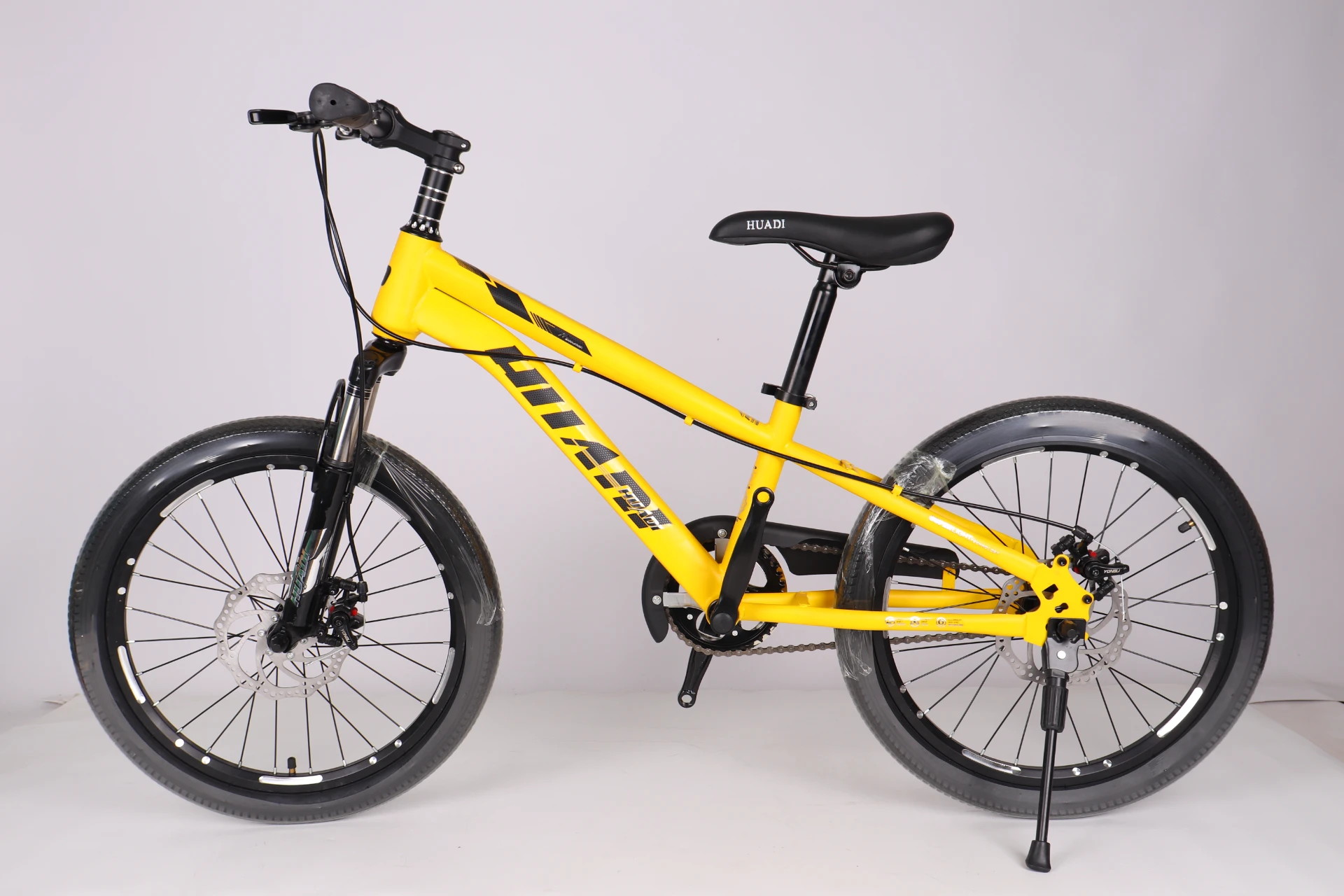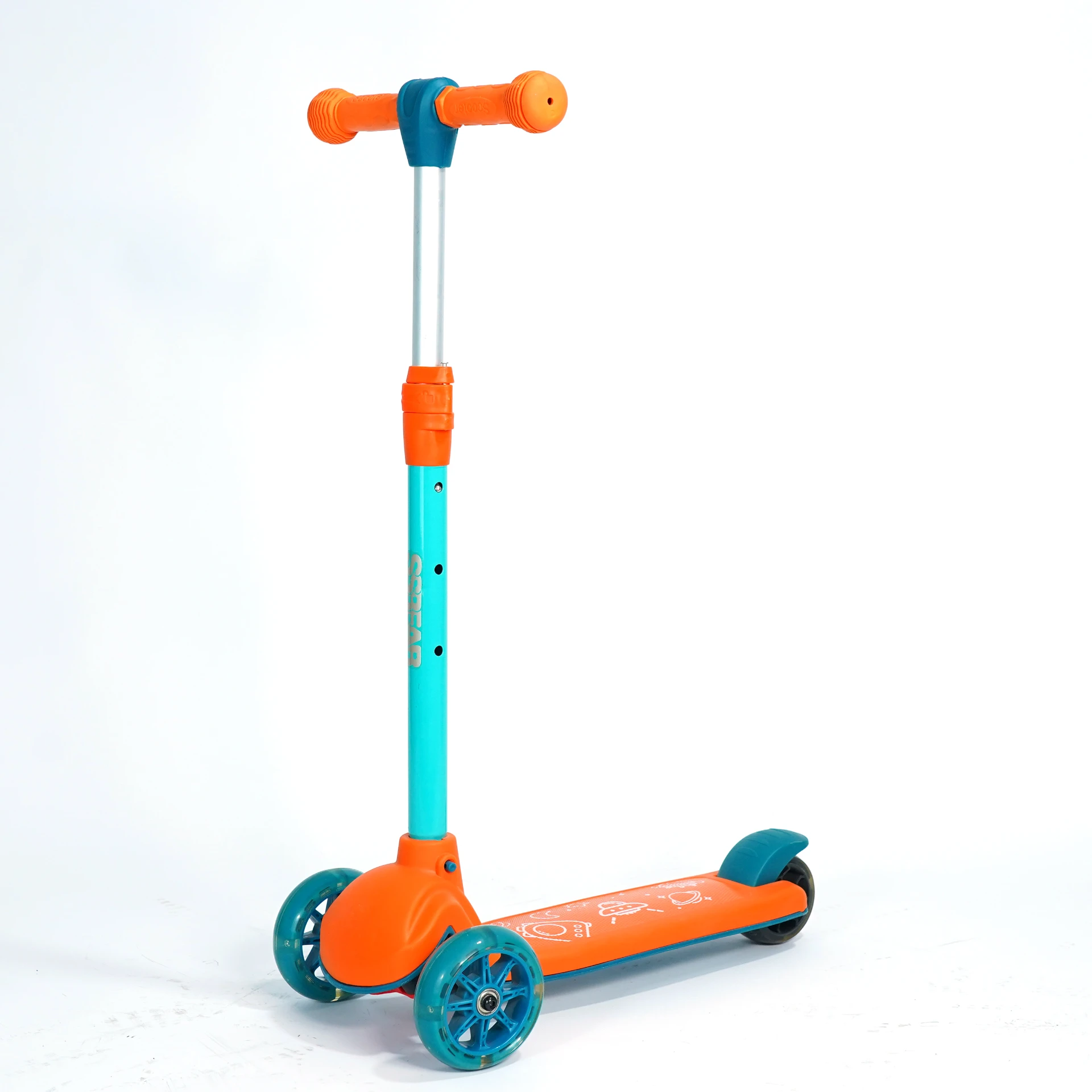Explore Quality and Sustainability at Our Mountain Bike Factory
Why Mountain Bike Factories Matter More than Ever
Mountain biking is no longer just a weekend hobby. Across continents, it’s evolving into a full-fledged lifestyle, fueling economies and communities while promoting healthy living. But have you ever stopped to think about where these rugged, trail-conquering bikes actually come from? Enter the mountain bike factory — the fascinating industrial hub where innovation meets craftsmanship to create machines that endure the wildest terrains.
Understanding the modern mountain bike factory is crucial not only for cyclists but also for businesses looking to stay competitive in the rapidly growing outdoor gear market. Plus, the global demand for durable, lightweight, and affordable mountain bikes is soaring, creating economic opportunities from Asia to Europe and North America.
The Growing Global Importance of Mountain Bike Manufacturing
According to the World Bank, outdoor recreation is a multi-billion-dollar industry that’s expected to grow steadily over the next decade. Mountain biking, specifically, has been a significant driver thanks to rising health awareness and expanding adventure tourism. ISO standards on bicycle safety increasingly influence manufacturing processes, pushing factories to raise the bar on quality and environmental compliance.
Despite this growth, mountain bike production faces challenges such as supply chain disruptions, rising material costs, and a demanding consumer base that expects innovation and sustainability. Mountain bike factories represent more than just manufacturing—they’re the frontline of tackling these issues by constantly adapting and refining their operations to remain competitive.
What Exactly Is a Mountain Bike Factory?
Simply put, a mountain bike factory is a manufacturing facility dedicated to producing mountain bicycles. These factories handle everything from frame fabrication and component assembly to quality testing and packaging. Often, they integrate modern industrial techniques — like CNC machining, robotic welding, and advanced painting systems — to ensure each bike performs under tough conditions.
More than just assembly lines, these factories embody a blend of highly specialized craftsmanship and large-scale production efficiency. This connection makes them vital not only for the outdoor sports industry but also for regional economic development and job creation in manufacturing hubs worldwide.
Core Components and Key Factors in Mountain Bike Factories
1. Durability and Material Selection
Choosing the right materials—aluminum alloys, carbon fiber, or steel—is critical. Workers and engineers in these factories obsess about weight versus strength trade-offs. Framing, suspension parts, and brakes all must endure diverse terrains without compromising performance.
2. Scalability of Production
How quickly can a factory increase output without cutting corners? Scalability impacts everything from responding to market booms to satisfying large clients like retailers or rental services. Flexible manufacturing systems and modular assembly lines are a growing trend.
3. Cost Efficiency
Factories constantly balance quality with cost. Economies of scale, supply chain management, and smart sourcing help keep bicycles affordable for consumers while maintaining factory profitability.
4. Quality Control & Testing
Mountain bike factories are heavily invested in durability testing—fatigue tests, impact resistance, and road trials—ensuring only reliable bikes leave the floor. Advanced testing rigs often simulate years of wear in mere days.
5. Environmental Sustainability
More factories now reduce waste, recycle materials, and optimize energy use. Many conform to ISO 14001 environmental management standards, reflecting a growing industry commitment to greener practices.
Mini takeaway:
Mountain bike factories combine precision engineering with large-scale production know-how—balancing durability, scalability, cost, quality, and sustainability to meet the dynamic demands of the outdoor market.
Global Reach: How Mountain Bike Factories are Transforming Industries
From the rugged Rocky Mountains in the USA to the scenic trails of the Alps and the vast terrains of China’s rural provinces, mountain bike factories power local economies and support a booming outdoor culture. In regions where adventure tourism is key, these factories create jobs and foster innovation that trickles down to related sectors, such as sports retail and outdoor event management.
In developing countries, factories also boost export revenues, contributing to community upliftment. For example, in Eastern Europe, factories produce competitively-priced bikes shipped worldwide, while integrating modern environmental controls.
Of course, these factories provide essential products for race teams, recreational riders, and even humanitarian ventures where robust transport solutions are needed in remote areas.
Advantages and Long-Term Value of Mountain Bike Factory Outputs
- Cost savings: Large-scale production drives down unit costs for customers.
- Sustainability: Factories adopting green manufacturing reduce ecological footprints.
- Reliability: Strict testing boosts consumer trust and bike longevity.
- Innovation: Continuous R&D leads to breakthroughs in design and materials.
- Social impact: Creates skilled jobs and supports community wellbeing.
On an emotional level, knowing your bike comes from a thoughtfully managed mountain bike factory adds to the sense of trust and pride every cyclist feels when hitting the trails.
Manufacturing and Innovation: What the Future Holds
Looking ahead, mountain bike factories are keenly exploring:
- Lightweight Materials: Advances in carbon composites and bio-based resins promise even lighter frames with excellent durability.
- Automation & Robotics: Cutting-edge robots are increasing precision while reducing human error.
- Digital Integration: Smart manufacturing systems utilizing IoT for real-time monitoring boost efficiency.
- Eco-Friendly Production: Factories are moving toward circular economies, repurposing materials and reducing waste markedly.
Interestingly, some factories have started experimenting with 3D printing for custom parts, tailoring bikes to individual needs. This kind of innovation could redefine production and customer experience.
Overcoming Production Challenges in Mountain Bike Factories
Despite progress, common hurdles persist: raw material shortages, high energy costs, and quality consistency are chief concerns. Supply chain shakiness, driven by geopolitical tensions or pandemics, can’t be ignored either.
Industry experts emphasize collaborative supplier relationships, localized sourcing, and flexible manufacturing lines as keys to resilience. Additionally, fostering in-house R&D empowers factories to innovate around problems swiftly — which frankly makes all the difference.
Mini takeaway:
Mountain bike factories must evolve with agility, embracing innovation and sustainability to navigate production challenges successfully.
FAQ: Your Questions About Mountain Bike Factories Answered
- Q: How do mountain bike factories ensure bike safety?
- They conduct rigorous testing including stress, fatigue, and impact assessments. These tests simulate months or years of usage to catch weaknesses early, following ISO safety standards to make sure the bike withstands tough environments.
- Q: Are modern mountain bike factories eco-friendly?
- Many have adopted sustainable manufacturing processes such as waste recycling, energy-saving technologies, and using eco-friendly paints. While not all factories are equal, the trend is clear toward greener manufacturing.
- Q: Can mountain bike factories customize bikes for niche markets?
- Yes! Customization is increasingly popular, with factories offering tailored frame sizes, suspension setups, and finishes to meet specific rider needs and preferences, often leveraging digital tools and modular designs.
- Q: What regions dominate mountain bike production today?
- Asia, particularly China and Taiwan, leads large-scale manufacturing, while Europe and North America focus more on high-end, innovative models. However, emerging markets are gaining ground thanks to improved facilities and skilled labor.
Product Specification Table: Typical Mountain Bike Factory Output
| Specification | Details |
|---|---|
| Frame Material | 6061 Aluminum Alloy / Carbon Fiber |
| Suspension | Full Suspension / Hardtail Options |
| Wheel Size | 27.5", 29" |
| Gearing | 1x12 Speed Drivetrain |
| Weight | 12-14 kg (varies by model) |
| Brakes | Hydraulic Disc Brakes |
| Paint/Finish | Powder Coated / Matte or Glossy |
Comparing Leading Mountain Bike Factory Vendors
| Vendor | Location | Specialty | Sustainability Initiatives | Customer Focus |
|---|---|---|---|---|
| Zhongzhou Bike Co. | China | Mass Production, Affordable Models | ISO14001 Certified, Recycling Programs | Global Retailers & Exporters |
| Alpine Frames Ltd. | Slovenia | High-End Carbon Fiber Bikes | Renewable Energy Use | Boutique and Pro Teams |
| TrailBlaze Manufacturing | USA | Innovation-driven R&D Focus | Zero Waste Factory Program | Custom Builds & Small Batches |
Wrapping It Up: Why It’s Worth Knowing Your Mountain Bike Factory
Mountain bike factories are more than just production lines—they’re vital centers of innovation, sustainability, and economic vitality. Understanding how these factories operate helps consumers appreciate the value behind every pedal stroke and motivates businesses to support ethical and efficient manufacturing models.
If you're curious to explore quality and affordability wrapped in cutting-edge production, I highly recommend visiting the mountain bike factory page. You’ll find a variety of well-crafted options that blend tradition with technology.
References
-
Baby Balance Bike OEM Service – Kids No-Pedal, LightweightNewsNov.10,2025
-
OEM Kids Bike Children Bicycle – Cheap Wholesale BicyclesNewsNov.10,2025
-
Kids Bike New Model 12–18 inch Boys & Girls Bike, AdjustableNewsNov.10,2025
-
China Cheap Price Safe Kids Bike for 10yo w/ Training WheelsNewsNov.10,2025
-
China CE-Certified Kids Balance Bike, Guaranteed QualityNewsNov.10,2025
-
Colorful Outdoor Flashing Carton Children Scooter for KidsNewsNov.10,2025
-
Best Price Kids Balance Bike – Superior Quality, No PedalsNewsNov.10,2025








